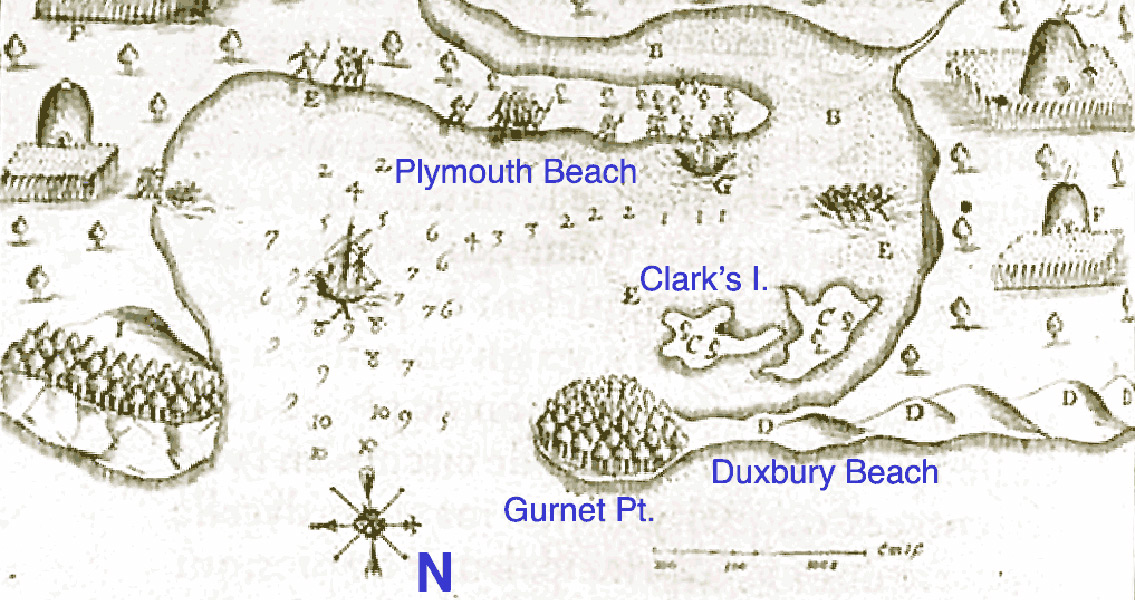<![CDATA[Plymouth, Massachusetts is the site where the passengers of the Mayflower, the Pilgrims, are said to have built the country’s first colony in 1620. Efforts to locate exactly where that colony was however, have been unsuccessful, until now. Archeologists with the University of Massachusetts Boston have found items they believe were part of the original settlement, including seventeenth-century ceramics, musket balls, calf bones, and discolored brownish soil indicating the location of a wooden post. Kathryn Ness, with the Plimoth Plantation; the museum that partnered with the University on the project, told the Boston Globe: “… the discovery could fundamentally alter what is known about the everyday life of the Pilgrims,” adding, “Knowing where it is, and that there are pieces that have not been wiped out by construction, will absolutely change what we understand about that settlement. Archeology helps support the historical record, but it also speaks to those who weren’t writing — the illiterate, children, the animals.” The discovery was made on Burial Hill, a rise that historical lore suggests was part of the original settlement. Archeologists however, had never before excavated in the area, in part because of the centuries-old cemetery located there. The current excavations included a detailed plan to work around the edges of the graveyard. What their excavations revealed is a seventeenth-century garbage pit, suggesting they were digging where the first settlers had actually lived. Critical to that conclusion was finding a calf’s bones beneath a layer of household artifacts identified as being discarded before 1650. The original 102 Pilgrims, along with their earliest descendants, are known to have raised domesticated cattle, something their Native American neighbors didn’t do. Finding calf remains dating to that time, along with the post hole which would have supported some type of structure, is convincing evidence that at least a portion of the settlement was there. David Landon, a professor with the University, told the Boston Globe: “People have never found part of the seventeenth-century settlement in downtown Plymouth. For the first time, we found part of the built environment.” The research team worked at the site from May until the end of June, followed by the time-consuming and painstaking work of cleaning, examining and inventorying the artifacts. The team found beads as well that were likely intended to be traded with the Native Americans. The excavation has also provided evidence that Burial Hill was used by Native Americans long before the arrival of the Pilgrims, including a workshop for making stone tools, pottery and other artifacts. Prior to the Pilgrims' arrival, a village of approximately 2,000 Wampanoag Native Americans known as Patuxet occupied the site, which was twice visited by European explorers before the Plymouth Colony was established. Samuel de Champlain arrived in Plymouth Harbor in 1605, naming it Port St. Louis. Leader of the colony at Jamestown, Virginia, Captain John Smith explored areas of Cape Cod Bay, and is credited with giving the region the name of New Plimouth. ]]>
Original Site of the Plymouth Colony Identified
